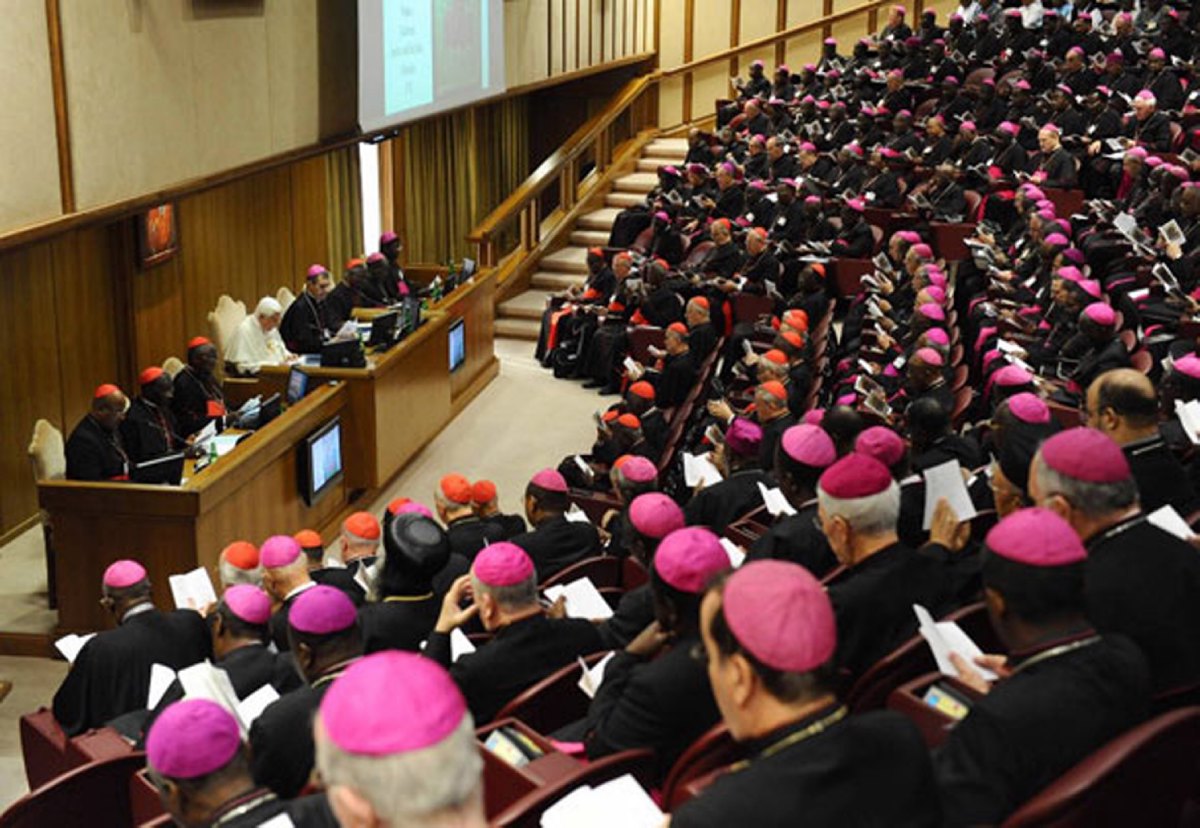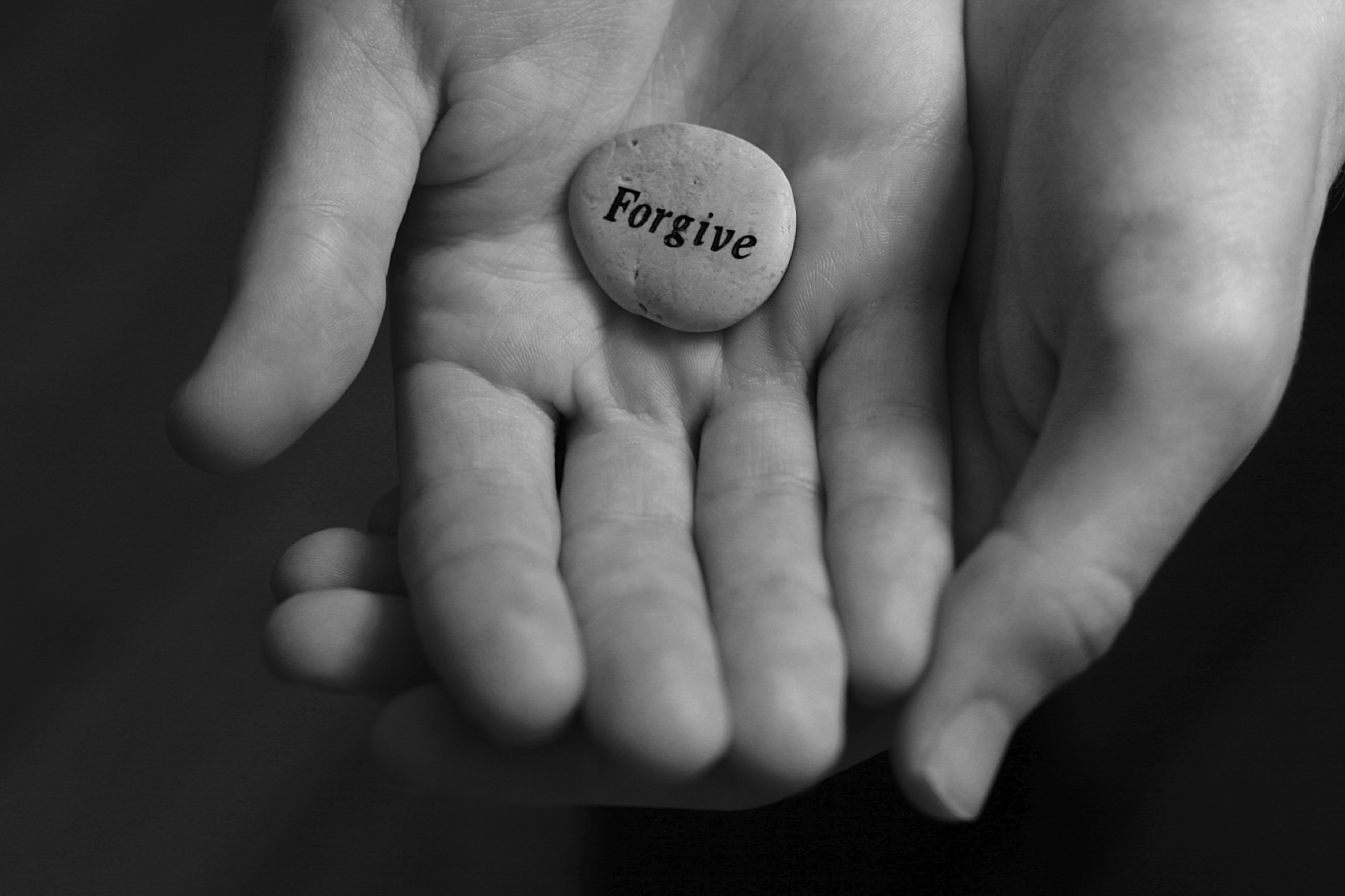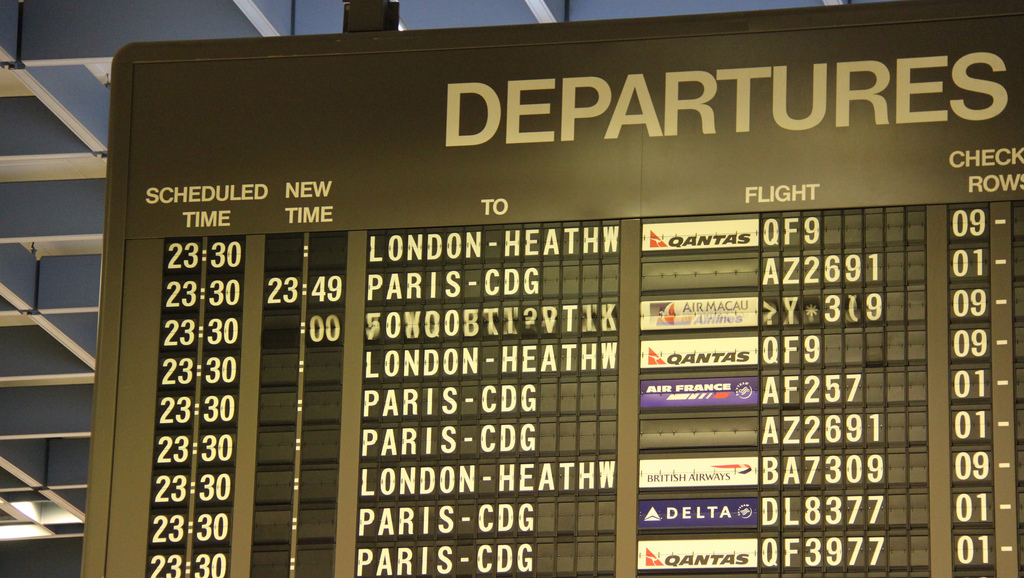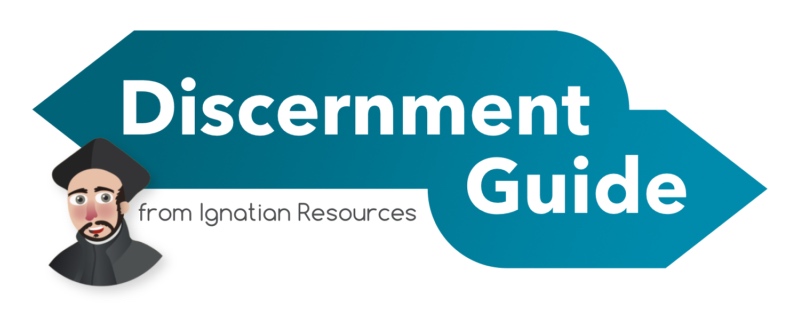 A document written from the Synod on the Family summarizes the bishops’ conversations, ideas, and discussions so far. Some Catholics see this document as a positive shift in the Church’s pastoral approach to cohabitating, divorced, and GLBTQ Catholics. Other Catholics want to redact the document because they believe it misrepresents what has taken place at the synod and confuses the truth about the Catholic approach towards these groups. It isn’t clear whether or not the document will be redacted before the end of the synod, but it is clear that this document has revealed some subtle divisions and fissures within the Catholic Church.
A document written from the Synod on the Family summarizes the bishops’ conversations, ideas, and discussions so far. Some Catholics see this document as a positive shift in the Church’s pastoral approach to cohabitating, divorced, and GLBTQ Catholics. Other Catholics want to redact the document because they believe it misrepresents what has taken place at the synod and confuses the truth about the Catholic approach towards these groups. It isn’t clear whether or not the document will be redacted before the end of the synod, but it is clear that this document has revealed some subtle divisions and fissures within the Catholic Church.
The Catholic community already knows that these divisions exist. We hear it in the ways that we sometimes talk about one another. “Be careful of that social justice group – they aren’t really Catholic.” “They celebrate the Latin Mass at that parish? Wow.” “They’re reading that theologian in their class? She’s crazy and out of touch.” “That guy? Really? Wasn’t his book cited by the CDF?” Many of us (myself included) say and have said similar phrases, and these words betray our hidden desire to stay cozy on one side of the Catholic “tent.” That is, we have become complacent to find other Catholics who share the same beliefs as us, rather than learn from those who might have different or contrary beliefs of our own. We are afraid to walk across the tent and encounter another.
No matter how much the summary document is redacted, or how the synod ends, one insight from the synod is that divisions exist within the Catholic Church. We cannot ignore or make light of the divisive attitudes we posses, words that we say, and actions we choose. I pause to reflect on how I can change my attitudes, words, and actions towards my fellow Catholics. Pope Francis asks each of us to reflect: “Am I attached to my things, my ideas? Am I closed?” How do I contribute to division in the church? How can I walk across the tent in humility and listen to my brothers and sisters in Christ? The Body of Christ was broken for humanity’s sin, but he was resurrected so that humanity could see the glory of God’s reign on earth. Christ’s crucified arms are a bridge in between a world full of attachment, division, and death and a new world of freedom, unity, and new life. Yet the divisions within the Church show that tensions and challenges existence in the distance in between his arms. How can we live in these tensions and challenges and find our way into the embrace of Christ’s crucified arms?
The final Synod report can be found here.








